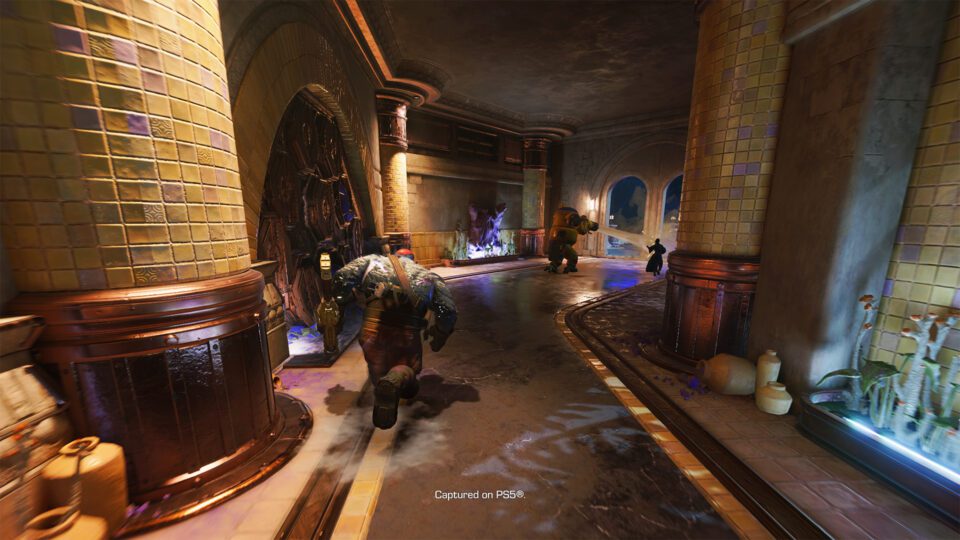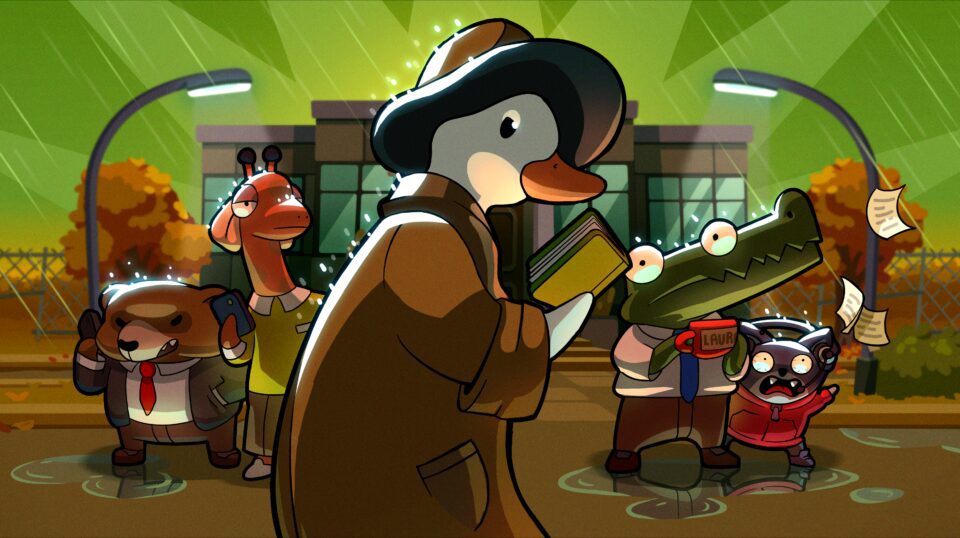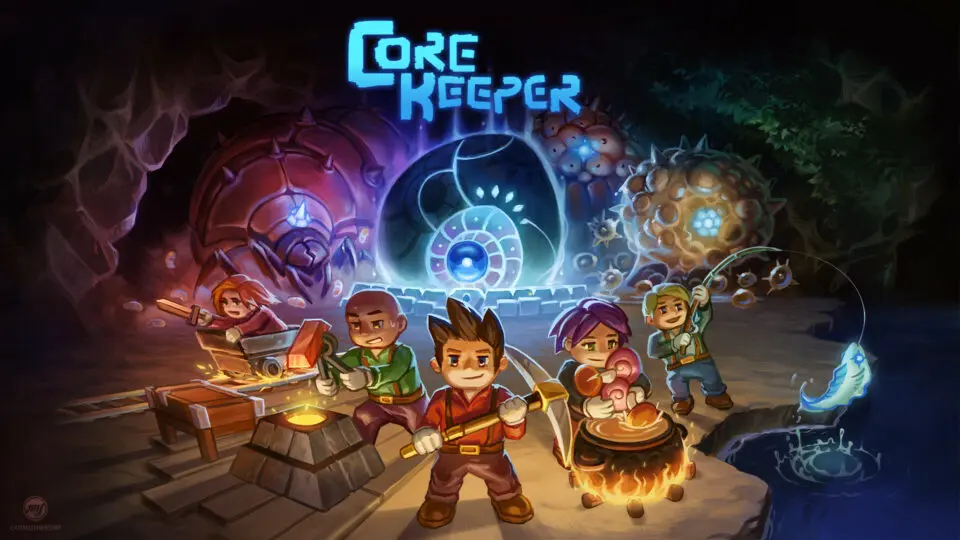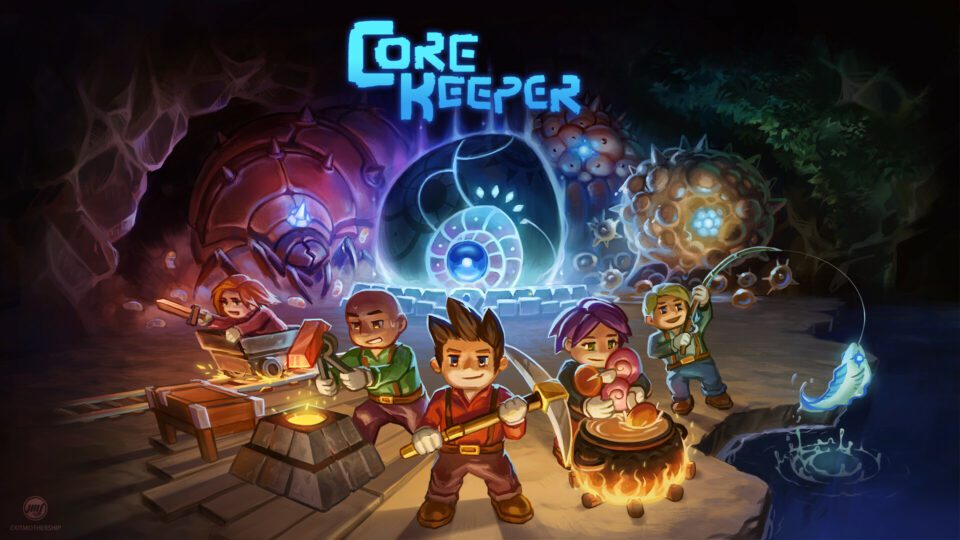There is no genre more contentious than that of Horror. The rational or irrational fears of one are shrugged off by the next. Clowns, terrifying to some, are entertainment to others. Spiders? Panic, or Pet. Planes? Efficient travel, or death tubes in the sky?
The journey to one’s innermost fears is a personal road laid with the bricks of memories gone. So what happens when you try to walk the road of another? Does it feel like a walk in the park, or do you instead feel isolated and Alone in the Dark?
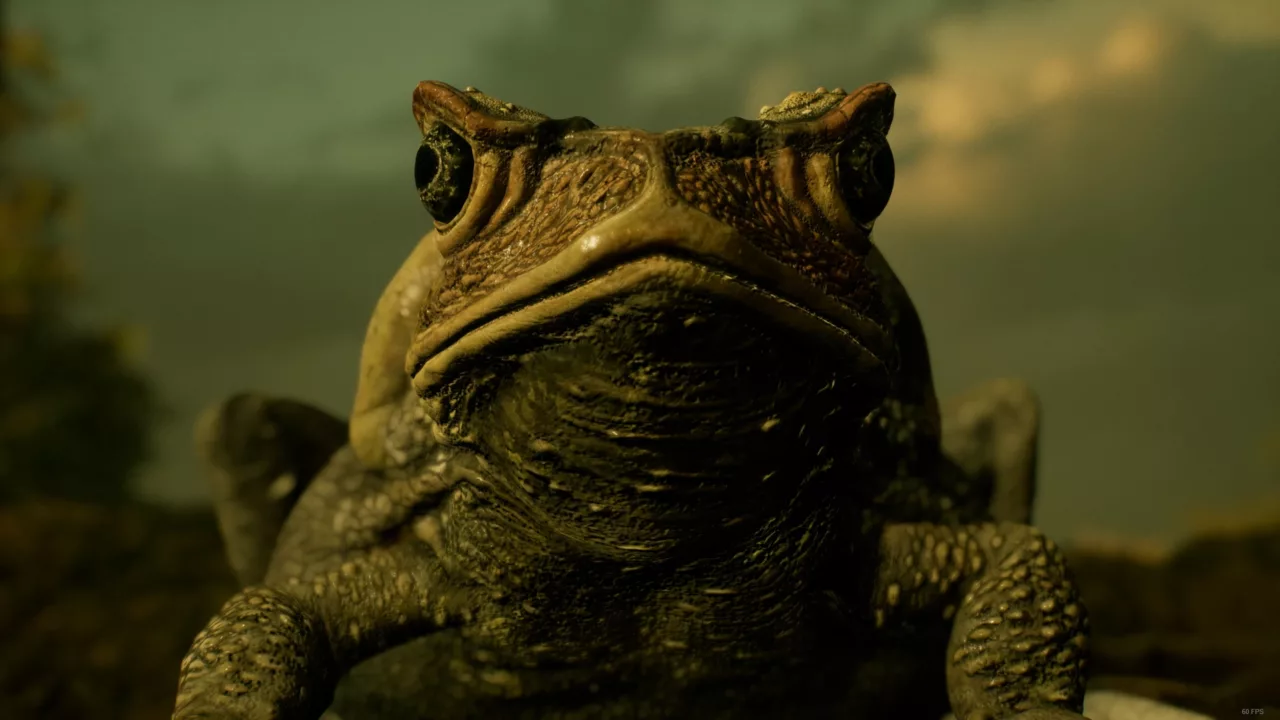
I was six years old when the original Alone in the Dark came out. At that point in life, I was too busy watching Teenage Mutant Ninja Turtles cartoons and playing with Micro Machines. I had brief rendezvous with horror games throughout my teenage years, either alone or at friends’ houses with the usual suspects of Resident Evil and Silent Hill. I even had an encounter with Realms of the Haunting, though my father doesn’t remember ever owning it.
At this point, I was going to talk about how in the past ten years, we’ve had some great Horror games with updated ideas. While researching this, I realised that Amnesia: The Dark Descent came out in 2010, and that time makes a mockery of us all, so let’s skip all the feeling old and discuss video games. Yeah? Cool.
It’s 2024, and we’re in a Renaissance Baybee. Remakes and remasters are getting more attention and with Resident Evil and Silent Hill both doing it, why not Alone In The Dark? THQ Nordic and Pieces Interactive definitely seem to think so, as they bring us a reimagining of the 1994 classic Alone in the Dark.
Set in 1930s New Orleans, Alone in the Dark sees us joining Emily Hartwood, played by Jodie Comer, and Edward Carnby, played by David Harbour, on a journey to Derceto Manor and beyond. Emily arrives at Derceto Manor looking for her uncle Jeremy, and as she feels unsafe at the idea of going alone, decides to hire Edward Carnby to go with her for the initial cutscene and then split up immediately upon arrival. There’s a good number of nods towards the original story, and diversions into new ideas, and it’s at this point, I want to pause the review for a moment.
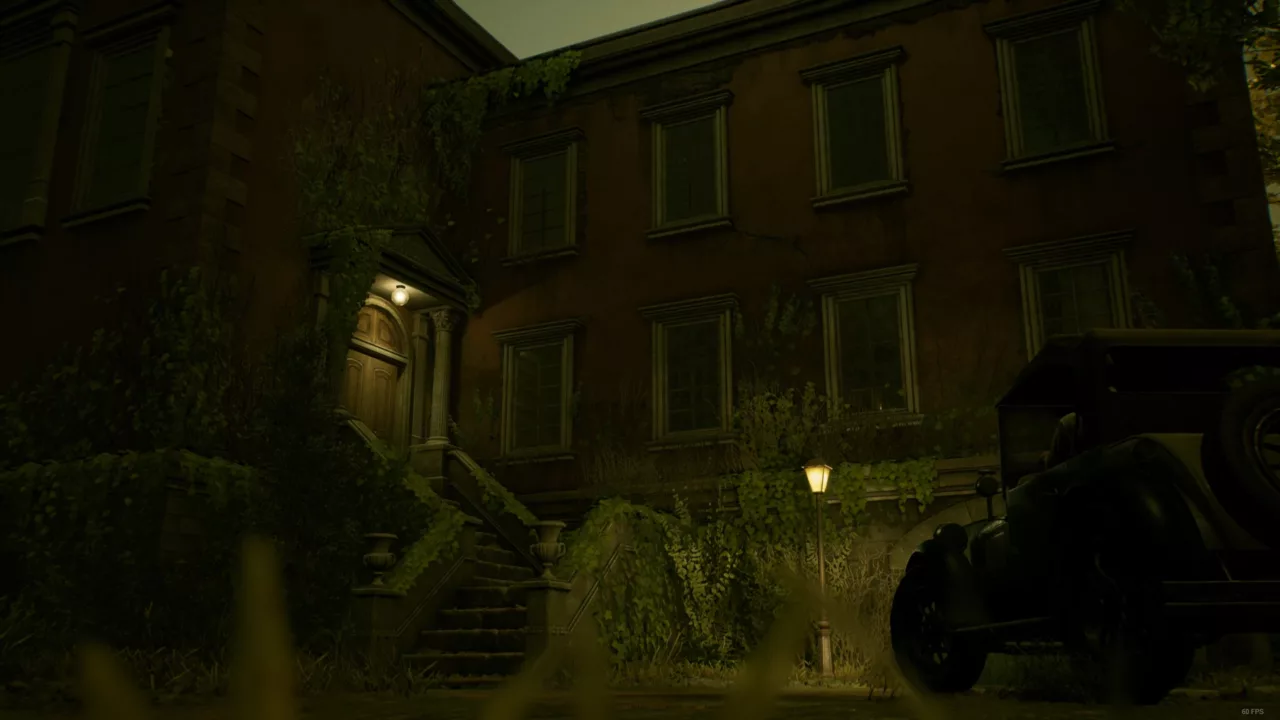

I’m not going to discuss what happens in the story, so I don’t spoil anything going on in such a story-heavy game. The story is fine. Let’s get that out of the way. If you want a more spoiler-heavy review, I’m sure they exist. What I’m going to focus on instead for this review is the individual parts that build up a survival horror game for me. How Alone in the Dark uses them, how it compares to older games and newer remakes. And sadly, why it falls short.
Survival Horror doesn’t have one key component that makes it work. It’s cake. Different ingredients in different proportions can be successful. Sound, atmosphere, setting, weapon management, enemy design, jump scares, tension building, release, and so much more all go into that bowl in differing amounts.
When I was much younger, I remember playing Resident Evil Code Veronica X. Walking around outside near some buildings, and the camera cuts. Something is watching you from underneath a building, and then it cuts back. This happens several times over the next few minutes before (spoilers for a 24-year-old game) it’s revealed to be a dog. This is near the beginning of the game; the enemy options that have been thrown at you are minimal. Yet, in those few minutes, my mind was racing, and I was scared of what was waiting for me under that building. The fear of the unknown or unseen was much worse than the dog. I can’t tell you anything else about Code Veronica X, except maybe the opening cutscene has someone jump out of a tall building. The game has faded to memory over decades, but that dog encounter stuck with me throughout that time. So too has the beginning of Resident Evil 2, the infamous eye scene from Dead Space, a lift shaft filled with blood in F.E.A.R and a corpse stuffed in a locker in Condemned.
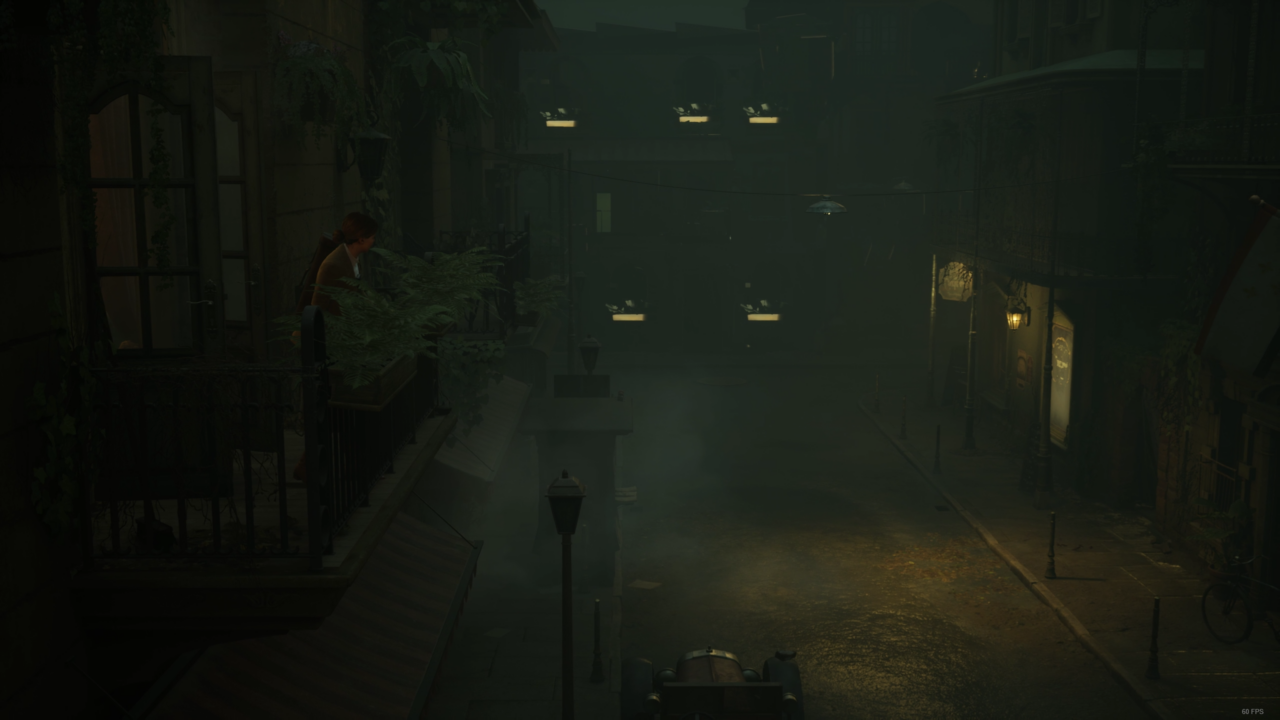
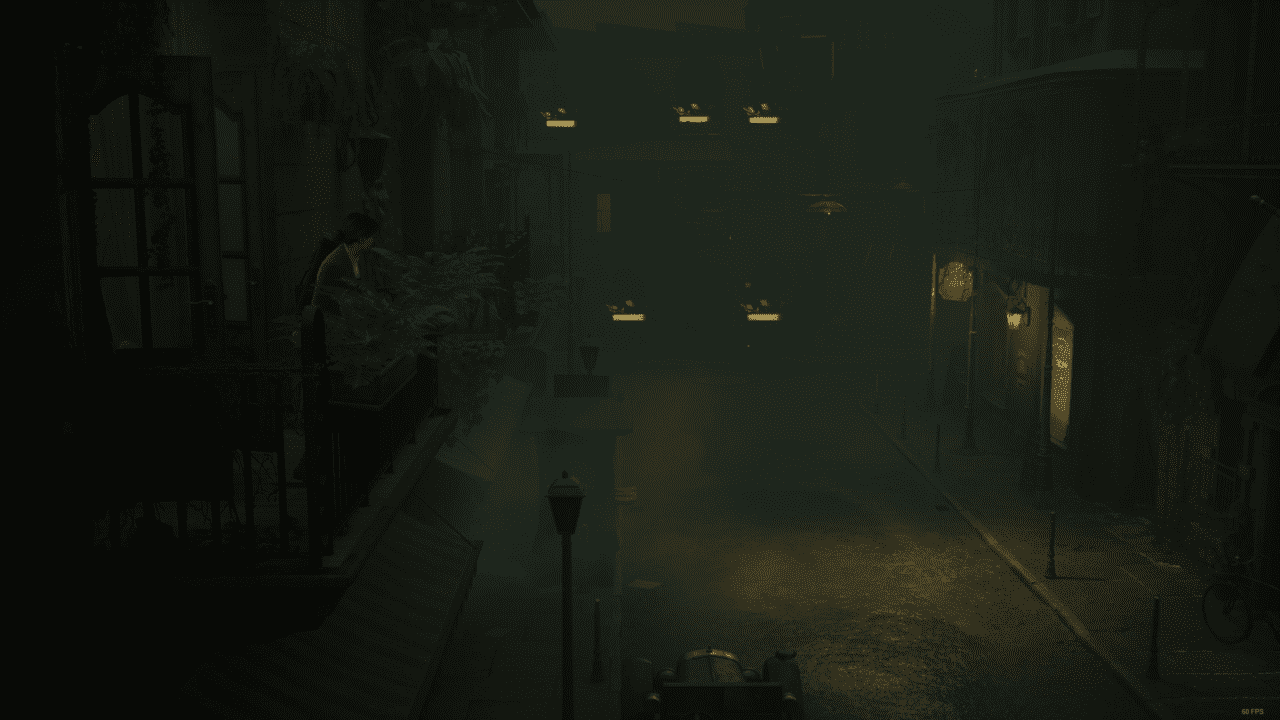
Each moment a different type of fear, from tension to jump scare and everything in between. Survival Horror games know how to utilise the tension or effect they’re going for to play you like a fiddle. Alien Isolation stresses me out the most when I can’t see what’s hunting me. The motion tracker gives me fundamental anxiety on a level that cowering in a locker while I can hear the Xenomorph in the room with me just doesn’t manage to recreate. F.E.A.R kits you out as a literal super soldier, yet a dark corridor with no enemies in sight can make you hesitate for your life, as you know there’s a jump scare on your horizon. If you flipped those situations around though, they wouldn’t work, the tone would be wrong for the situation involved. And this is the first hurdle that Alone in the Dark stumbles at. Utilising its setting.
Derceto and the 1930s aesthetic are lovely. The mansion and surrounding environments you explore are interesting set pieces, with the small details helping to bring them to life. Empty drink glasses on tables or playing cards give the feeling that you’ve just missed whoever was here. Noise off in the distance or just off camera helps to elevate that. The lighting also tries to build tension, with some beautiful silhouettes of enemies at times or shadowed corners and corridors to help build unknowing.
All that tension and set dressing is then washed away by an overabundance of ammunition and healing items, combined with a lacking stealth system. You end up with less of a survival horror and more of a detective game with horror vibes. During my playthroughs as Emily and Edward, I didn’t have to hide or sneak from a single enemy, neither did I need to be concerned for ammo, as there’s a hefty amount scattered around, as well as a variety of melee weapons to choose from. Even closer to the end of the game, when ammo dries up suddenly, I still found myself mostly full on the harder-hitting weapons if I needed them.
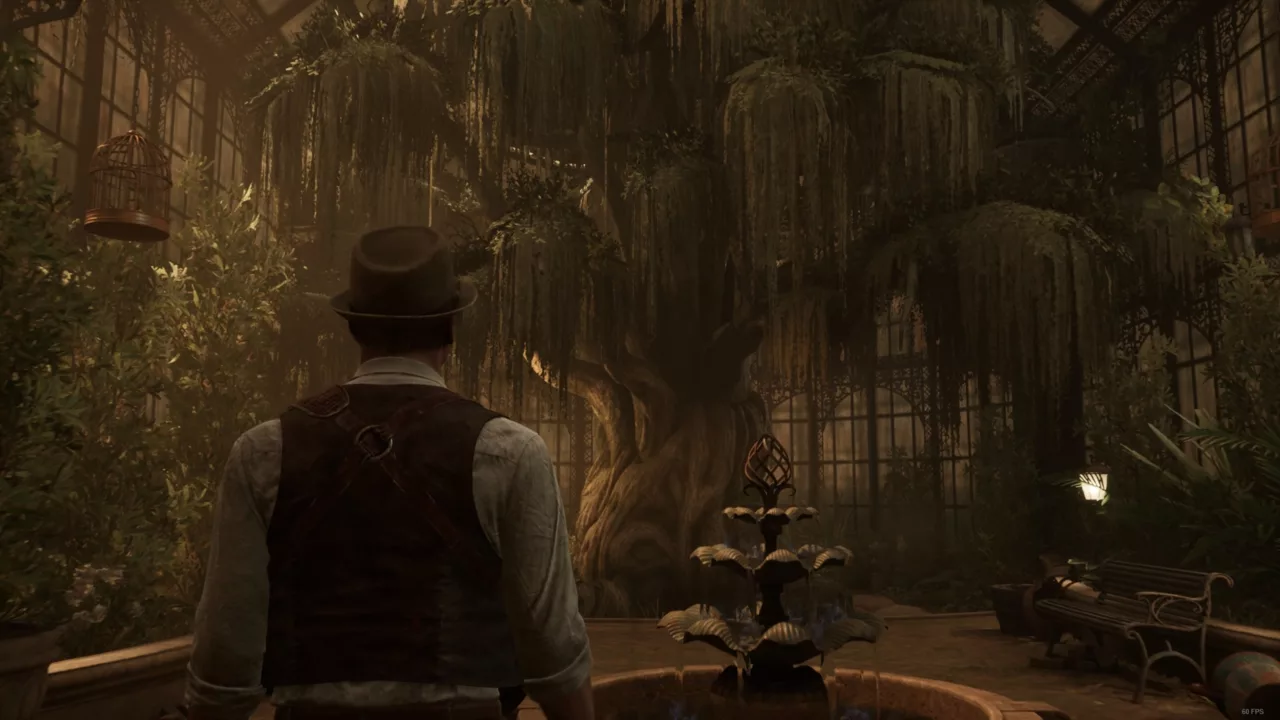

It’s this lack of tension that stops Alone in the Dark from reaching the heights of success. There are several ways to create that feeling in survival horror. Restricting ammo makes every combat situation a choice, do you use those scarce resources, risking delayed failure for immediate success. Scaling up enemy damage is another, turning every fight into essentially a mini-boss fight of precision, knowing that one hit can shake even the most confident of heroes. Of course there’s also the radius method, do you risk a fight and a swarm. How many enemies are around? The Last of Us humbled me a few times when I thought I knew the layout, and then it changed my assessment.
For me, there needs to be hesitation; whatever causes it can be unique for the game involved, but seeing an enemy walk around a corner should elicit a response from me. Alone in the Dark falls short on this not only mechanically but also in character design. Edward and Emily never seem scared by the situations they’re being put in; they don’t hide, there’s no panicking, and they shrug it off, which means you shrug it off. If it’s just another Tuesday for them, why should it be any different for you?
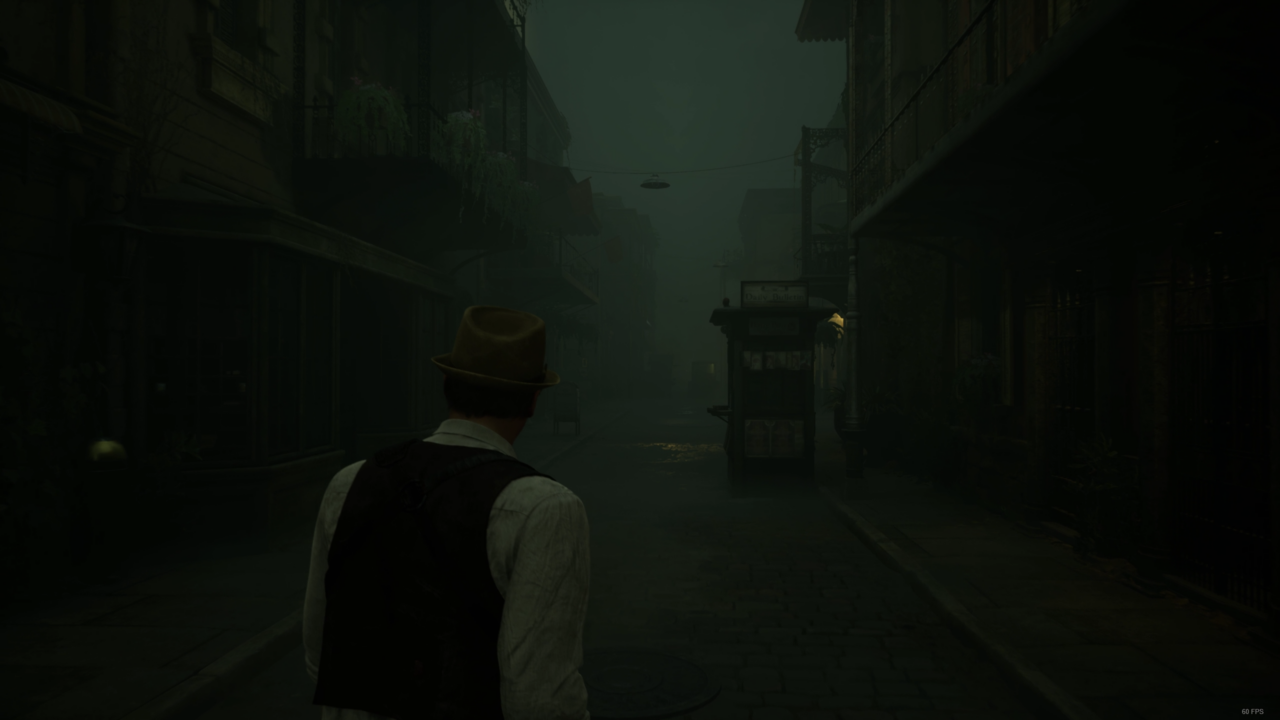
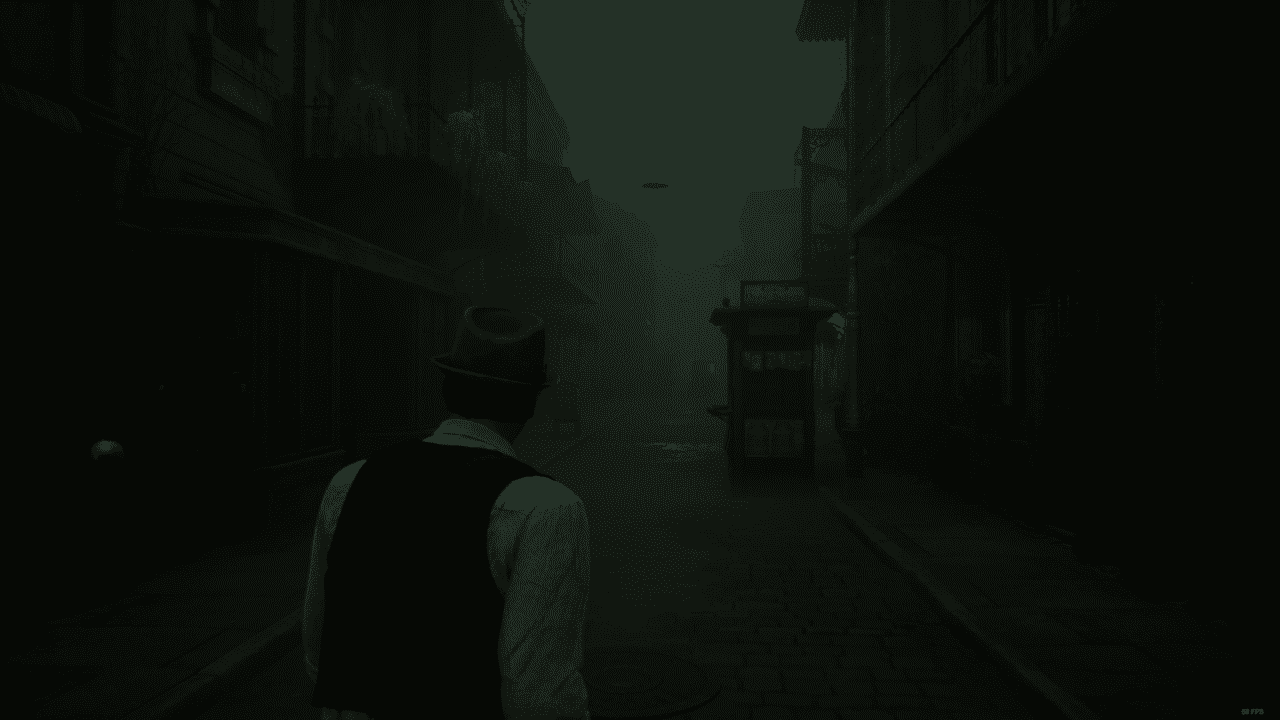
Unfortunately, this disconnect from the protagonists is pervasive throughout the game. During the intro cutscene, Emily is portrayed in a way that makes her feel sceptical about Jeremy’s issues. Discussing with Edward that mental illness runs in the family and that it’s all in his head. Yet when things start getting spooky as they want to do, it melts away instantly, and she’s on board. Edward, too, has this happen, but at least for him, the portrayal borders more on intrigue and confusion. A moment that stands out to me as a prime missed opportunity is when you encounter your first enemy in the game, and neither of them flinch nor say anything after the situation. It’s jarring. As a player, you have a “what the hell was that” kind of moment, but if the character is unphased by it, why should you be?
There are some good ideas here, but it feels like Alone in the Dark didn’t understand the assignment. Too busy focusing on the past and ensuring those references and easter eggs to the previous game were in place, it neglected to add the undertones needed to create the right vibe for the setting. The 1930s New Orleans vibe has so much potential for adding creep factor and unease; combine that with the idea of this looming mansion turned air quotes mental hospital, and that should be a winning formula. Tight corridors, rain and fog rolling in from the bayou. A storm outside slams the shutter windows, and the howl of the wind through the gaps in the wooden walls, and that’s before you even touch on the idea of other areas or locales.
It should be said though, that the music in Alone in the Dark is the standout winner. Composer Árni Bergur Zoëga has done a masterful job of creating a soundtrack that understood the assignment and went for an A Grade. A mixture of tension-raising tracks joined by slow jazz that would fit right at home in a 1930s detective movie, do everything they can to help set the scene. Nothing is more enjoyable than exploring dark New Orleans alleyways while a saxophone plays in the background, setting that gumshoe-style investigation tone. Something happened here, but what.
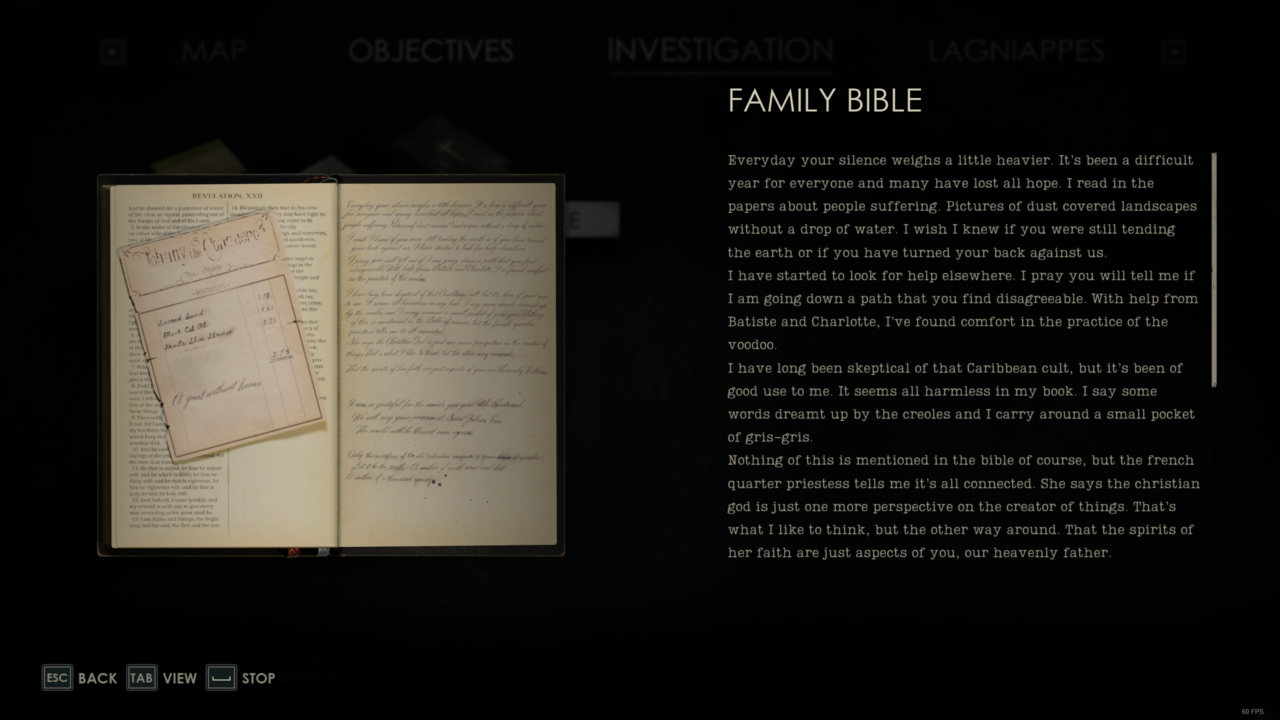
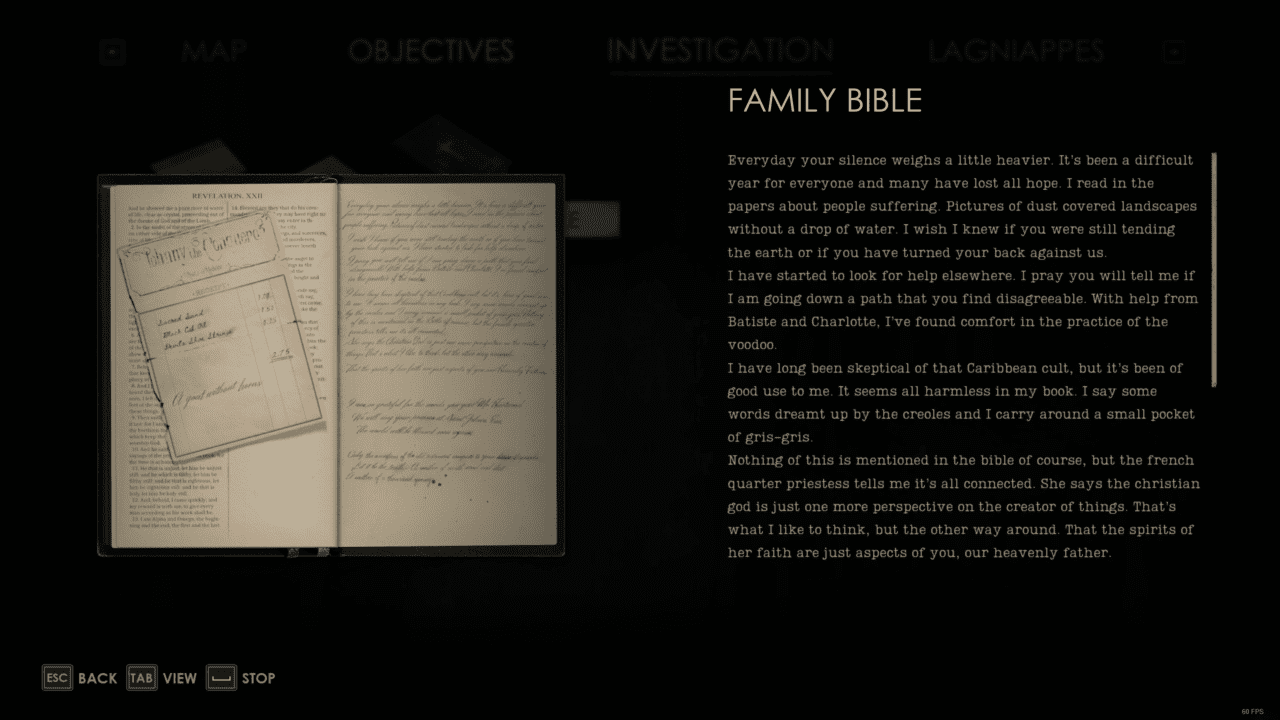
There’s the idea of a horror game here. The theme and setting create a consistent horror vibe throughout the story, but the tension and stakes are missing on the side of survival to truly bring everything together. This isn’t helped either by some technical issues. Throughout the game, I was hit with stutters and hitches, regardless of whether I lowered my fps cap or not. Strangely not so much in combat as when I was just walking around. Sound glitches also didn’t help to maintain a cohesive tension level; random noises would just cut out midway through, or the sound balancing would be off, so you’d suddenly get deafened out of nowhere. Something that also frustrated me from an accessibility side of things is the note system. Throughout the game, you’ll find clues to assist you on your journey, and you can happily take a moment of respite to listen to them being read out to you in wonderful voiceovers. This helped again add another layer to the game; sadly, you’ll notice on a few notes that the voice keeps going beyond the text. There are hidden sections to some of the clues. Gamewise, that’s a neat idea until you realise they’re easy to miss, or if you’re hard of hearing, or using subtitles, utterly invisible to you.
So where does that leave us? Alone in the Dark is a horror, strikethrough survival game. It never truly manages to instil any level of tension or concern in the player about death, nor does it ever manage to reach levels of more recent remakes like Resident Evil 2 and Dead Space. It sits more closely near games like Sunken City and Call of Cthulhu than Amnesia or Layers of Fear. Some neat ideas are going on, and Lovecraftian ideas are on display, but ultimately, it never manages to make the player feel out of their depth. Not so much Alone in the Dark as you are, Accompanied by a Flashlight and a Shotgun.







